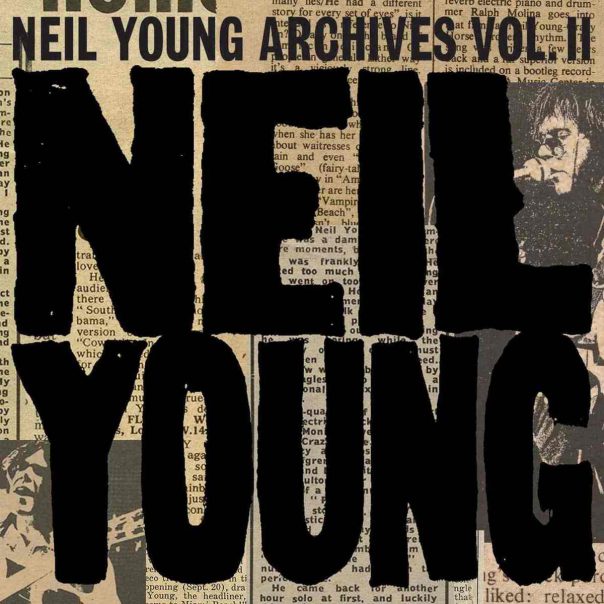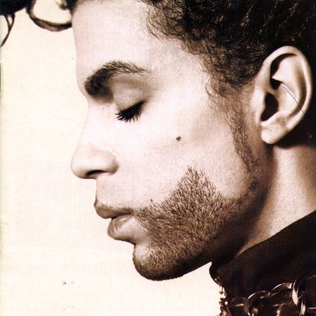Technology has obviously come a long way in the decades since the more primitive approach of the first two installments. Most of the albums he’s put out this century have been largely one-man band operations, so this album isn’t too far removed from Chaos And Creation In The Backyard, Memory Almost Full, or New. But by doing everything himself save the engineering, he can always fall back on the insistence that it was never designed as an album in the first place. Maybe that’s why the album is as good as it is. (In a nice touch, the album is dedicated to the recently departed Eddie Klein, an Abbey Road veteran who worked on the first post-Beatle albums by John and George, and went on to build the home studio that Paul’s used since 1985.)
“Long Tailed Winter Bird” takes the most basic acoustic guitar riff and builds a five-minute jam out of it, for something of an extended overture. The first real song is “Find My Way”, the tossed-off verses well-balanced by the more melodic choruses, and a nice false ending too. “Pretty Boys” is another rewrite of “Early Days”, but this time focusing on young male models for some reason. A piano drives “Women And Wives”, which he repeatedly said was influenced by the vocal style of Leadbelly; it’s good that he’s finally exploring the lower end of his increasingly limited range. On paper “Lavatory Lil” screams embarrassment, and most listeners think they know which ex-wife is the inspiration, but the damn thing chugs. At over eight-and-a-half minutes, one would expect “Deep Deep Feeling” to wear out its welcome, yet it’s a wonderful showcase for his unquestionable prowess on guitar, bass, and piano, and the drums aren’t bad neither.
Placed earlier on the vinyl to better even out the two sides, “Slidin’” gets its riff from a soundcheck jam from a few years previous; indeed Rusty Anderson and Abe Laboriel Jr. are credited indirectly in the notes. It’s a good rocker that nicely finds lyrics to match the suggestion of the title. “The Kiss Of Venus” recalls “Two Magpies” from the third Fireman album, and introduces a harpsichord to match his rough vocal. (This is what we mean by suggesting he try not to hit those old high notes.) “Seize The Day” seems to be most inspired by the state of the world mid-pandemic, and it turns out to be one of his better anthems, helped by the more personal bridge. If anything, “Deep Down” is the closest the album comes to “Kreen-Akrore” or “Darkroom”. Along with the recurring “deep” in the title, it’s a half-decent groove that is underdeveloped and beaten into the ground. One of our correspondents suggested that he’s a little too old to be concerned with “partying”, and in this context we’d agree. The “Winter Bird” riff resurfaces to usher in “When Winter Comes”, brought out of mothballs from the same George Martin-helmed session that gave us “Calico Skies” and “Great Day”. (Naturally, nothing is simple anymore, as the album was released in a dizzying quantity of colored vinyl pressings and cover variations. Meanwhile, Japan got four bonus tracks in the form of three alternate versions plus the original jam that begat “Slidin’”.)
Not as homespun as McCartney, nor as experimental as McCartney II, McCartney III was nonetheless a welcome visitor at the end of a very trying calendar year. We would suggest that unless he intends to record with his band again, all future new albums should be prepared with only input from his immediate family and any resultant offspring not given to sugarcoating, even for a man pushing 80. (We’d also accept a completely stripped down acoustic guitar or piano album, maybe produced by Rick Rubin…?)
Paul McCartney McCartney III (2020)—3½





:format(jpeg):mode_rgb():quality(40)/discogs-images/R-7437920-1441512772-4857.jpeg.jpg)

